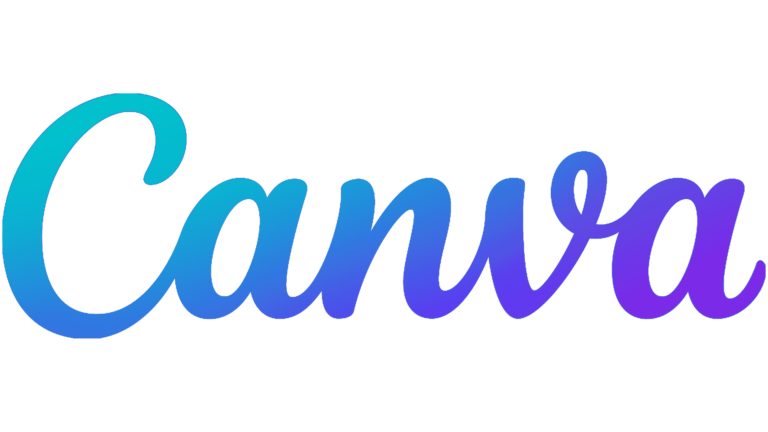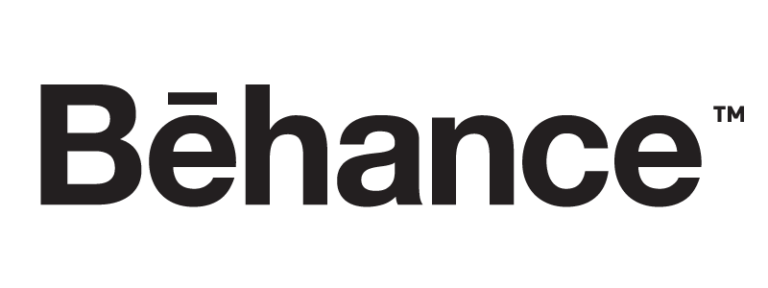How to Create an Effective Portfolio

Creating a professional portfolio can significantly boost your job search by showcasing your skills, experience, and accomplishments in a way that sets you apart from other candidates.
Whether you’re an artist, a teacher, or a web developer, a well-crafted portfolio can leave a lasting impression on employers.
Not sure how this works?
No problem, read on for steps, resources, tips and ideas!
Why Create a Portfolio?
A portfolio serves as tangible proof of your capabilities, offering employers a deeper understanding of your skills beyond what’s written in your resumé or cover letter. It highlights your best work and demonstrates your dedication and creativity when it comes to your work. For example, in industries where visual or project-based work is common, portfolios are often essential (and expected)!
How to Create Your Portfolio
- Understand Your Purpose:
- Determine what role or industry you’re targeting; this will help you decide what to include and how to present it.
- Determine what role or industry you’re targeting; this will help you decide what to include and how to present it.
- Choose the Right Format:
- Portfolios can be digital, physical, or both. Online portfolios, hosted on platforms like Wix, Squarespace, or Behance, are ideal for sharing with employers and showcasing multimedia content.
- Portfolios can be digital, physical, or both. Online portfolios, hosted on platforms like Wix, Squarespace, or Behance, are ideal for sharing with employers and showcasing multimedia content.
- Select Your Best Work:
- Quality over quantity! Be sure to include your top projects or examples that align with the role you’re applying for.
- Quality over quantity! Be sure to include your top projects or examples that align with the role you’re applying for.
- Organize Your Content:
- Start with a clear introduction or summary about yourself, and follow it with work samples, detailed project descriptions, and testimonials (if available).
- Start with a clear introduction or summary about yourself, and follow it with work samples, detailed project descriptions, and testimonials (if available).
- Design for Impact:
- Use clean, professional layouts. Ensure your portfolio is easy to navigate and is visually appealing.
Examples of Portfolios in Different Industries
1. Art and Design
- What to Include: Sketches, digital designs, photography, or other creative work. Add captions to explain the concepts, ideas behind, or challenges of each project.
- Example: An illustrator’s portfolio may feature a mix of character designs and client projects with a focus on their individual artistic style.
2. Teaching
- What to Include: Lesson plans you’ve created, student projects, classroom management strategies, and all relevant certifications.
- Example: A teacher could create a portfolio showcasing innovative lesson plans with photos of classroom activities and student testimonials.
3. Web Development
- What to Include: Screenshots or links to websites, coding samples, and details of development challenges solved.
- Example: A web developer might highlight a responsive e-commerce site they built, along with GitHub links to the code.
4. Writing and Journalism
- What to Include: Published articles, blog posts, or marketing copy. Try to include a variety of styles and formats.
- Example: A journalist might compile articles from different publications, showcasing investigative reporting and feature writing.
5. Business and Marketing
- What to Include: Case studies, campaign analytics, social media profiles, presentations, and client testimonials.
- Example: A marketer’s portfolio could include a successful social media campaign with metrics showing audience engagement growth.
Extra Tips & Ideas
- Brainstorming:
- Reflect on your proudest achievements and the skills you’ve developed. Consider feedback from mentors or colleagues to identify standout work. Jot all of these thoughts and ideas down, and circle back to them when you start the first draft of your portfolio.
- Writing Content:
- Write clear, concise descriptions for each piece. Include your role, the goal of the project, and its outcome or impact.
- Arranging and Designing:
- Try to group similar works together for a cohesive flow. Use headings, subheadings, and bullet points to enhance readability and emphasize the overall structure of your portfolio.
- Keep your portfolio updated! Regularly add new projects and remove outdated or less relevant content.
- Tailor your portfolio for each application by emphasizing relevant skills and experiences.
- Use feedback from peers or mentors to refine your portfolio.
Some Online Resources for Portfolio Creation
(These all have free plan options)!
Squarespace: Professional templates for building customizable online portfolios.
Canva: Offers easy-to-use design tools and templates for creating visually appealing portfolios.
Behance: A platform for creatives to showcase their work and network with others.
An effective portfolio is more than just a collection of your work; it’s a reflection of your skills, creativity, and professionalism. Take the time to make it unique and tailored to your industry. Stay confident and create that portfolio to show the best version of yourself! You’ve got this!

Additional resources to help you create your portfolio!
Indeed has tips and examples for building portfolios across various industries.
Creative Boom offers insightful tips for designing a standout portfolio.
The Balance provides an overview of what to include and how to showcase your work.
Portfolio Box is a platform for creating professional online portfolios.


